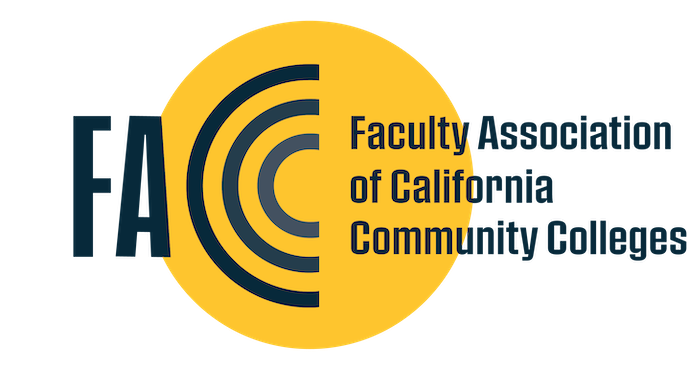A Blog Addendum to “En Mask” (FACCCTS: Fall 2020)
This blog addendum to “En Mask,” an article that appeared in the fall 2020 edition of FACCCTS, contributes to, and reconfigures, previous studies on the H1N1 influenza crisis in California by focusing on the role that gauze masks played in student print as well as material cultures, campus governance, and educational ideas. This is the second installment in the two-part blog addendum.
Despite an ebbing of H1N1 influenza in Palo Alto, masks and ailments proliferated at the University of California in fall 1918. On October 24, the Daily Cal editorial staff advertised “GAUZE PROTECTORS ON SALE” for five cents apiece. By the next issue, the public university’s advertised sale of masks had progressed with temporal precision: “soiled masks may be exchanged for sterile ones at California Hall between 8 o’clock and 9:15 in the morning and 4 and 5:15 o’clock in the afternoon.” In female boarding houses, the daily rate of influenza cases purportedly declined by almost half. Reporters and advertisers alike were confident that “this shows that influenza is on the decline, and by wearing masks a further decrease in new cases is expected.” Daily Cal editors adhered to John Dewey’s warnings of, on the one hand, “paternal policy,” and on the other, “unbridled personal liberty.” In a political economy of progressive “liberalism,” editors situated columns on the public University mask exchange side-by-side with advertisements for masks sold by Brasch’s on Shattuck, for ten cents apiece. Masks, as material culture of university governance, facilitated epidemiological “prevention, not punishment.”
